Best Three Player Board Games
It’s Friday night, the popcorn’s popping, the fridge is packed, and a masterpiece is laid out on the table waiting to tell some stories when your quartet arrives. You’re lining up the meeples, shuffling the cards one last time when your phone buzzes. Sure enough, Shifty Dan’s found another harebrained scheme to sink himself into and he’s canceling. You’re down to three players for game night. As irritation and mild panic blend together, you consider your options. Do you:
- Flip the table?
- Call the other two and cancel, dooming yourself to ice cream and self-loathing?
- Embrace fate and have a great time?
If you’re willing to take option C, then read on, because an unexpected trio is far from the worse thing to happen to game night. While not all games feel well balanced for three, here are some tried-and-true tactics and game recommendations to turn your three-party into a terrific trifecta time!
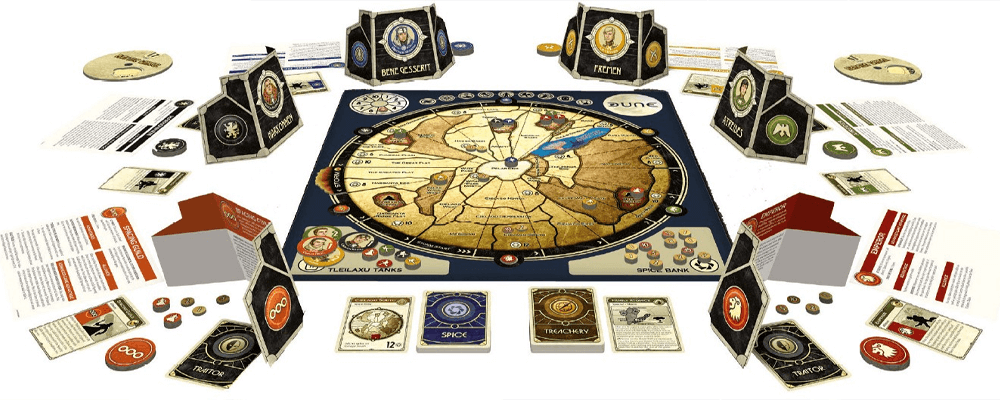
Go For The Big One
Whether you’re forced into it by a last minute scramble or you want to go for glory, taking the biggest, heaviest (either in physical weight or complexity) game in your collection is a great call when you’re taking a trio for a spin. While Twilight Imperium or Dune might yearn for a full six to make its magic, other monsters can leverage three to give you a brain-burning puzzle or a narrative adventure without more players gumming up the works.
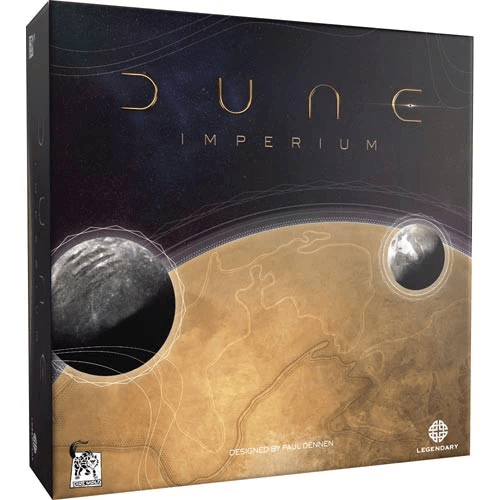
Heroquest, Descent and the dungeon crawler hordes pick up speed when you lop off a player or two, and while a pair might force multi-character play, three lets everyone dig into their roles with relish. Themed heavies like Dune – Imperium or Nemesis similarly click at three, letting alliances form and falter without spreading the intrigue among more players.
Diving in with three is also a great chance to make a first run at a trickier game. It’s easier to teach two than three or more others, and you’ll have fewer turns to spend looking up edge cases or wondering if Shifty Dan’s cheating again. If you’ve picked up a hefty new Vital Lacerda game (like Weather Machine), the latest Mindclash Games release, or war-gaming title, take a three-count as an opportunity to test the waters. Then, when your full count is ready to go, you’ll have more players ready to help keep things on a level footing, making everything run buttery smooth.

Triple Train Tactics
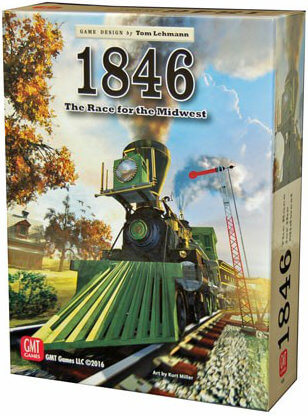
Speaking of smooth, it’s difficult to play many 18XX train games without at least two others ready to mock your faulty investments, yet finding four or more to dig into these special games can be a challenge. Laying down track and tearing up your stock price in games like 1846: Race for the Midwest by GMT often glides by best at three, where conniving goes hand in hand with corporate chicanery. Often clocking in at evening-devouring times, slimming the count down the three can give you a shot at building your empire without ordering extra coffee.
If you’re new to the 18XX genre, getting your first routes in without high player count chaos can give you enough ideas not to crash out when the bigger group comes to town. Experiment, fail, repeat with your couple buddies and you’ll find yourself a confident conductor when bigger clashes come out to play. Or you might find your two friends have the most devilish minds of all, and competing for rail dominance in Ohio, Michigan, and Indiana is all you ever wanted from a locomotive.
One Vs. All Games
Then again, maybe you’ve been waiting for your big night and, now that the numbers have dwindled, you want to take it out on someone.
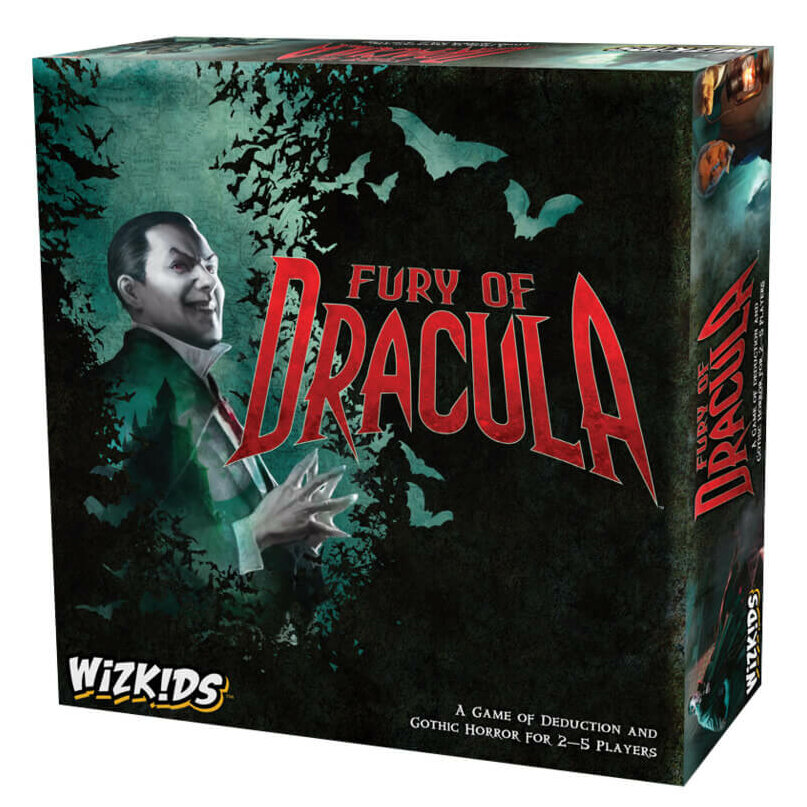
Thankfully, one vs. all works great at three, when the ‘all’ side has more than one foe and yet few enough to make solid strategy. Set up a round of Imperial Assault and cackle as your sinister forces destroy your “friends”, who’ll each likely control two heroes, giving them more time to play rather than sitting around after a quick wipeout.
Or salve your mind instead and pull out Jaws, Letters from Whitechapel, Sniper Elite, Fury of Dracula, or the classic Scotland Yard so you can goad your hapless visitors into missteps and mistakes. At three, the duo can make snappier decisions, ensuring their net weaves the way they want it, giving you all the more satisfaction when you escape (or, should you join the captors, delighting as your detective work pays off in a successful snare).

All for One, One for All
Cooperative and semi-cooperative games can also make for a solid three player game selection. In fact for some of them, three players is the ideal.
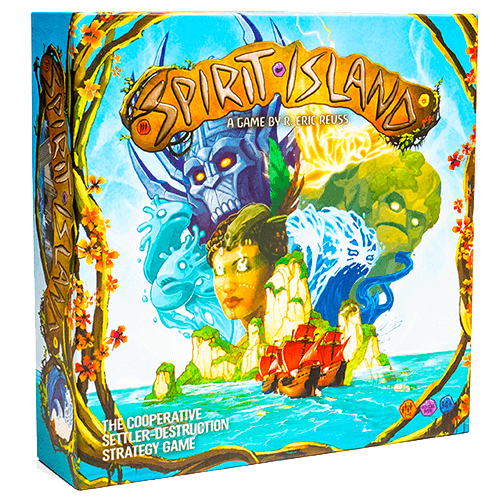
Ever hear of a little title named ‘Spirit Island’? Where your gods array themselves against the invading forces? The map grows with every added player, pushing the cooperative boundaries just a little farther, making the puzzle just a little (okay, a lot) more complex. Dipping in with three offers a tighter experience while still showcasing more spirit awesomeness than a straight duo. Ditto with other puzzlers like Sherlock Holmes – Consulting Detective, where three players can pick up clues and pass around passages that might get snarled with four or more.
Trick-takers like The Crew and its deep sea sequel offer up an appetizer fit for three as well, with just enough mind-melding needed to keep things interesting without succumbing to sheer randomness. Ducking your neighbor’s play or snagging the next trick isn’t quite so impossible when there’s only two other cards in the mix, rather than three or four.
And let’s not forget those campaign and legacy games so often topping your shelves, waiting for a chance to take you on a massive adventure. Every player added to those presents a scheduling nightmare, cancellations constant as if life itself wants Frosthaven to remain a dream alone. Take one player out, and suddenly you might find you’re actually making progress, going on those Journeys in Middle Earth or getting to the end of Vagrantsong’s ghost train.
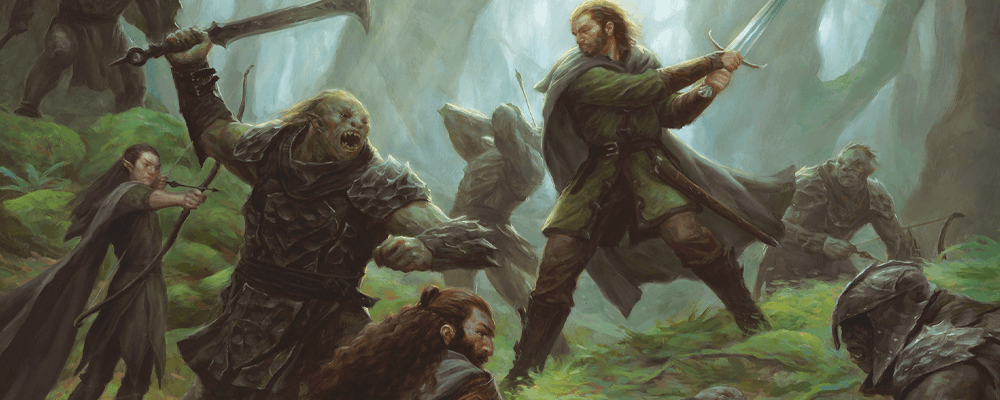
The Triple-Only Threat
Rolling with three’s an open door to almost any game in your collection – even the old ‘roll and moves’ play with enough swiftness to keep from boring you. But what about games meant specifically for three players? A rare group, this, but an invitation to some special experiences if you’re willing to seek them out.
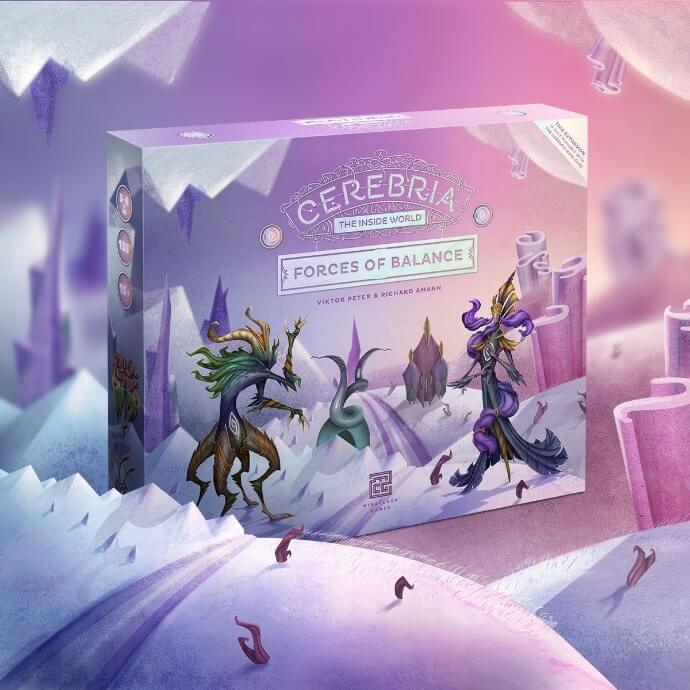
Take wargaming. History offers up triples aplenty, though they might not be the giant battles you’ve seen before. Churchill – Big Three Struggle for Peace brings you into the struggles between the US, Soviet Union, and the UK as they decided who would lead the fight in WW2. Gaining leverage is far more thrilling than it sounds when you’re crammed in between two other power-hungry politicos. Games in the COIN series by GMT, like Cuba Libre, often allow a three-player approach with automated systems for the last slot, giving you a different dynamic without sacrificing tension or fun.
If you’re hunting for a more emotional experience, check out Cerebria and its ‘Forces of Balance’ expansion. An explicit three-player experience, with Balance evening out the forces of Bliss and Gloom in a surreal, strategic setup. If you’ve ever wanted to take Pixar’s ‘Inside Out’ and make it into a board game, this is one to look into.

Adaptable Favorites
While not all games that accommodate three players feel balanced or fully “fleshed out” with only three seats filled, a handful of household name games “click” with a trio.
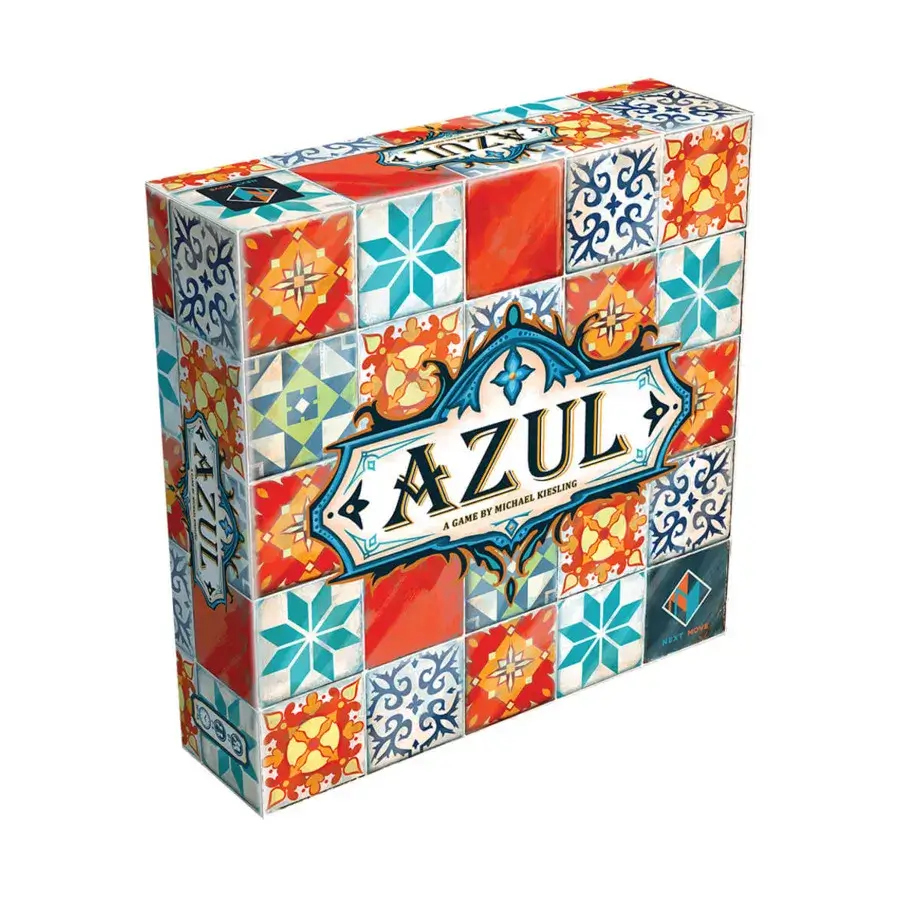 Azul for instance can become directly antagonistic with only two. You may find yourself focusing on what Shifty Dan is planning and how to thwart it, and less on your own strategy. While intense one-vs-one can be ideal for some, it can also be more cut-throat than some gamers may want out of a casual game night. Once a third or fourth player enters the tile drafting arena, there’s immediately a better sense of balanced interplay.
Azul for instance can become directly antagonistic with only two. You may find yourself focusing on what Shifty Dan is planning and how to thwart it, and less on your own strategy. While intense one-vs-one can be ideal for some, it can also be more cut-throat than some gamers may want out of a casual game night. Once a third or fourth player enters the tile drafting arena, there’s immediately a better sense of balanced interplay.
Everdell is another great example. With two players, things can fall swiftly into the “I’m out to ruin your plans instead of playing my own game” vibe. With four, competition for good placements and cards can become equally frustrating. Everdell’s unique Seasons mechanic also means that one or more players may actually finish the game well ahead of others, leading to significant dead time.
A round of Villainous with only two players lacks some of the vibrancy and variety the game has to offer. With different villains offering distinct goals and mechanics, there’s room for the game to become too narrow or too bloated. Three players offers the perfect combination of variety and depth, without worrying about the goals of six players becoming muddled and lengthy.
Splendor also provides a perfect balance of resource scarcity and uncertainty with three gem collectors around the table. Available card goals change swiftly enough, but not so quickly that it feels impossible to make and execute a plan. When four players convene for Splendor, it can become more of an opportunistic grab-and-dash than a game of careful selection and engine building.
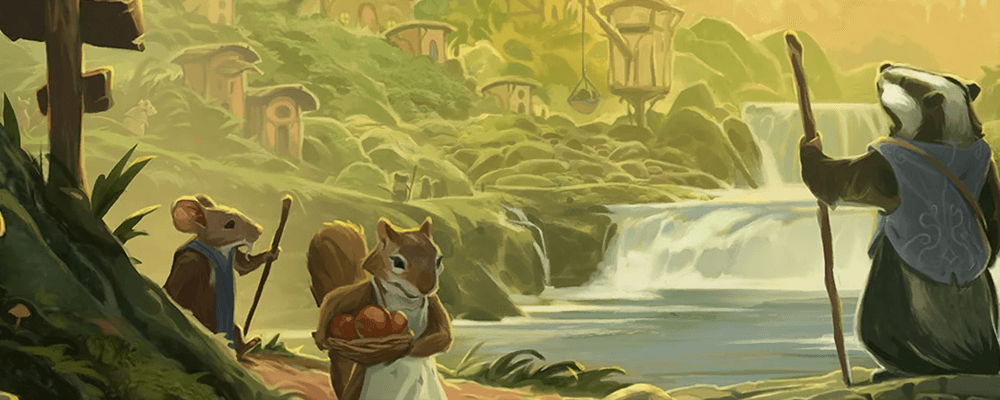
Rounding It All Up
If there’s a moral to this story, it’s to take three as a blessing, not a curse. Most likely, almost every game in your collection’s going to offer a three-player experience, and some are going to be flat-out better that way. When in doubt, take a jaunt over to Board Game Geek and you’ll spy the recommended player count right beneath the title. Sure, many will say 2 or 4, but give the little link a click and take a look at the pop-up. There you’ll often see, highlighted in glaring yellow, a large percentage recommending a three-player spin. That’s your clue to table the game you’ve been waiting for.
Then, the next time Shifty Dan starts in on the excuses, you can give him the go-ahead. Game night’ll be just fine.
Written by Adam Knight
Spinning stories and playing games under the direction of his two cats, Adam delights in the roll of the dice and a well-told tale. Find more of his adventures at Black Key Books.
[ More from Adam: Deluxify Your Board Games]

